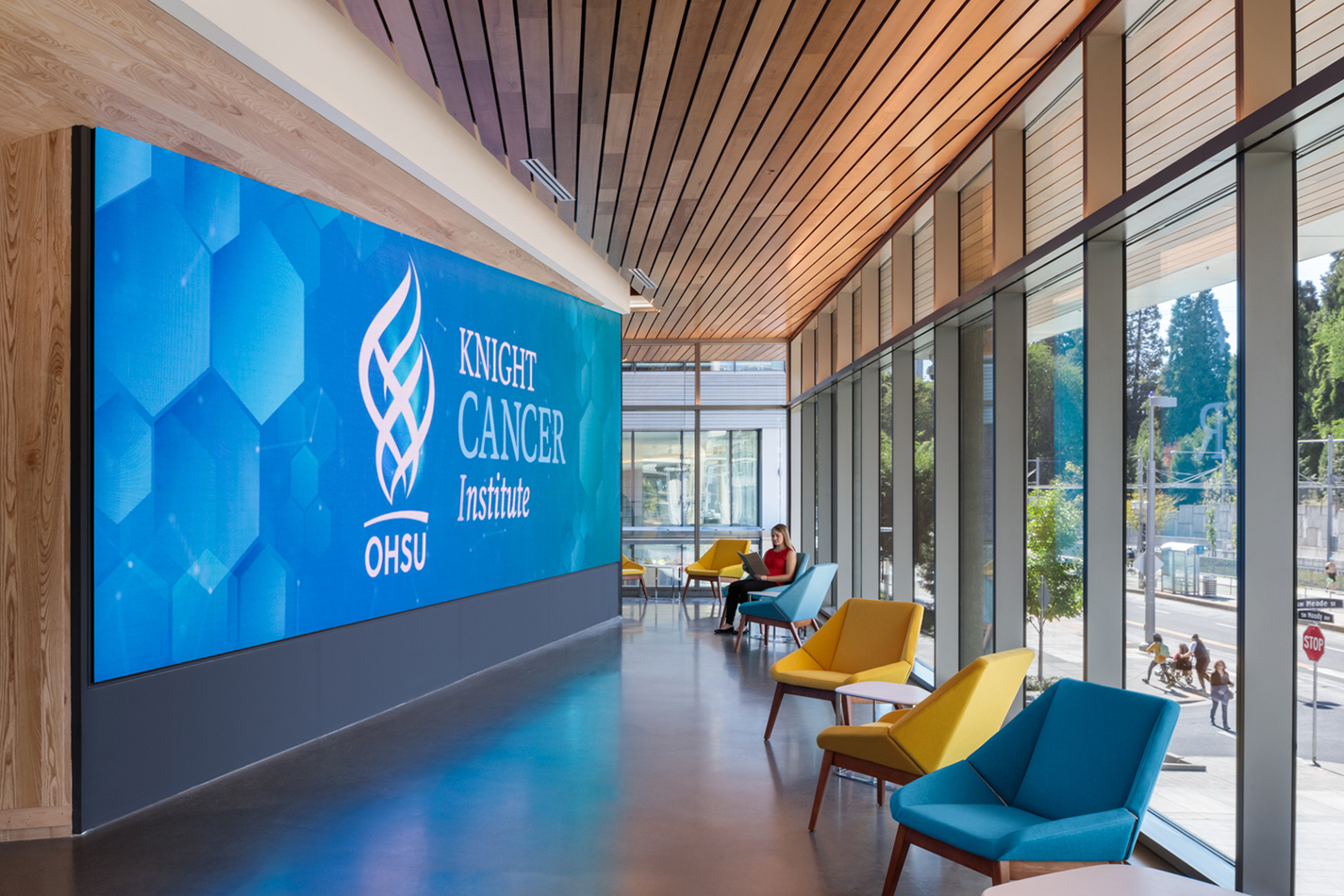Ongoing Research Projects
Postdoctoral and graduate student positions are available.
Click the link below be taken to our inquiry submission portal.
Project 1 (B220T cells in brain cancer; Experimental): Our laboratory is investigating immune-based biomarkers for early detection of glioblastoma brain cancer focusing on a subset of CD8+ T cells expressing CD45R/B220 (B220T cells). Our lab has shown that these cells respond to glioma by migrating from peripheral blood into the brain tumor microenvironment, where they occupy distinct spatial niches. Phenotypically analogous cells are observed in human glioma biospies, suggesting their clinical relevance. Using advanced technologies in preclinical tumor modeling, spatially-resolved single-cell analysis, and sophisticated computational tools for high-plex tissue imaging, we aim to validate B220T cells as both biomarkers for early detection and potential therapeutic target for glioma brain tumors.
Project 2 (MORPHÆUS; Computational): The MORPHÆUS project seeks to revolutionize highly multiplex immunofluorescence imaging of tissue. This cutting-edge AI-driven computational tool developed in our laboratory integrates protein expression profiles with cellular morphology and tissue architecture to infer complex spatial patterns in tissue bioimaging data. This project offers opportunities to develop and implement novel generative deep learning algorithms for decoding spatial protein signatures correlated with tumor progression and treatment response, ultimately advancing precision diagnostics for brain and other cancers. Team members will integrate new features into the analysis pipeline including critical QC steps and use the tool to analyze highly multiplexed images of glioblastoma brain cancer and other tumor specimens. Detailed maps of the spatial distribution of tumor and immune cells within the tissue microenvironment will be created.
Project 3 (SCALES; Computational): Multi-modal bioimage registration and analysis is a fundamental challenge in omics-level cancer research. The SCALES project aims to align and integrate data from complementary spatial-omics technologies, including multiplex immunofluorescence, mass spectrometry imaging (MSI), and spatial transcriptomics. Work in this project will be grounded in the study of tissue metabolism in head and neck squamous carcinoma (HNSCC) by combining these powerful techniques to understand molecular alterations within the tumor microenvironment. Team members will develop computational methods to register and co-analyze images from various multiplex imaging platforms (e.g., CyCIF, MALDI MSI), enabling unprecedented multi-omic profiling of both pre-malignant and cancerous tissues. The work will require expertise in computer vision, machine learning, and biomedical image analysis using computationally efficient algorithms such as Zarr and Dask to create accurate cross-modality alignment algorithms. These efforts will preserve critical spatial relationships between different molecular features, ultimately providing integrated views of tumor biology and revealing insights into cancer metabolism that no single technology can achieve alone.
Project 4 (CyLinter; Computational): Enhancing automated artifact detection (AAD) in quality control pipelines for spatial bioimaging is essential to scaling workflows to meet of increasing demands in clinical and research settings. The CyLinter project focuses on the development and integration of advanced automated QC tools to systematically identify and exclude cells compromised by visual distortions and image-processing artifacts. These tools are essential for improving the quality and reproducibility of spatial biomarker analyses, where precise cellular mapping is vital for understanding tumor microenvironments and immune system dynamics. Team members will work to enhance CyLinter’s QC capabilities by integrating machine learning algorithms that can detect subtle image artifacts across various bioimaging platforms, including CyCIF and CODEX. The project will involve the creation of algorithms that automatically flag and remove data inconsistencies, allowing for more reliable downstream analyses. With a focus on scalability, these QC tools will be designed to accommodate large, multi-dimensional datasets while maintaining computational efficiency using technologies like Zarr and Dask. This effort will help ensure that CyLinter remains an essential tool for researchers, providing high-quality, artifact-free datasets for further discovery and clinical translation.
